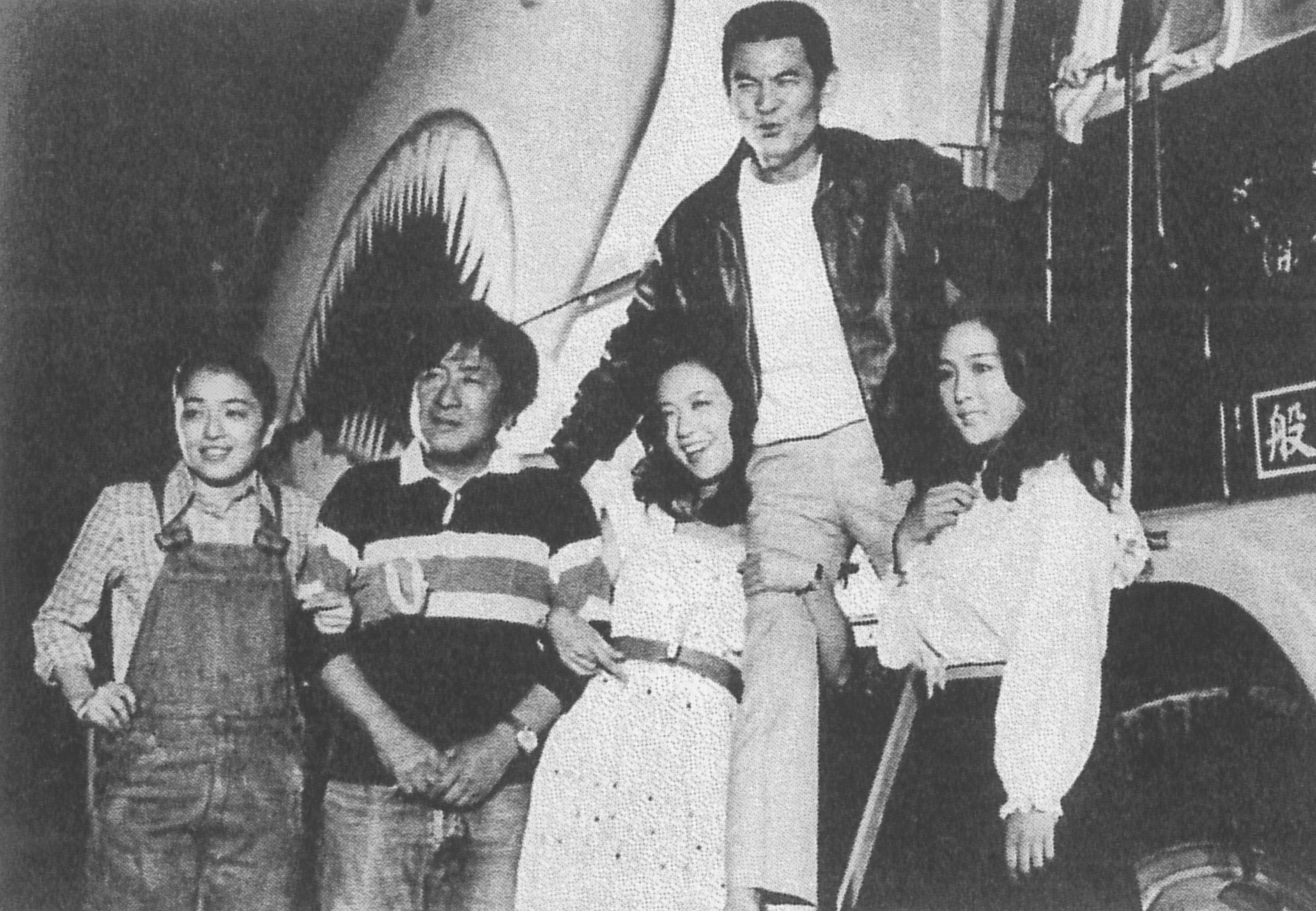
Yuka Asagiri, Norifumi Suzuki, Asami Ogawa, Bunta Sugawara and Natsuko Yashiro in a behind the scenes still from Star of David: Hunting for Beautiful Girls (堕靡泥の星 美少女狩り) (1979). The original working title was, btw, 堕魔泥の星・美少女コレクシ ョン (Star of David: Beautiful Girl Collection).
There is a funny story about how Suzuki (more or less) made this film because he loved the Nikkatsu studio logo. Studios were identified by their opening logos that played before the film. And Nikkatsu had that classic N and K inside a circle.
Films like Ko Nakahira’s Kurenai no tsubasa (紅の翼) (1958), Buichi Saito’s Back South to Tosa (南国土佐を後にして) and Toshio Masuda’s Red Handkerchief (赤いハンカチ) (1964) were among the many Nikkatsu films Suzuki used to go see as a young man and even when he was an assistant director at Toei Kyoto. And those all started with the classic Nikkatsu logo! “Nikkatsu films were my youth”, Suzuki says.
So, when Suzuki was asked to make a film with a Nikkatsu logo, the answer was an ecstatic yes. Before starting the work on the film, he went to see Nikkatsu’s new double feature Eighteen Years, to the Sea (十八歳、海へ) and Super Gun Lady: Police Branch 82 (ワニ分署). But the classic logo was not there! It turned out Nikkatsu had just changed their logo to a new one. It was a crushing disappointment that left Suzuki dumbfounded.
From Suzuki’s book 下品こそ、この世の花: 映画・堕落論 (2014)

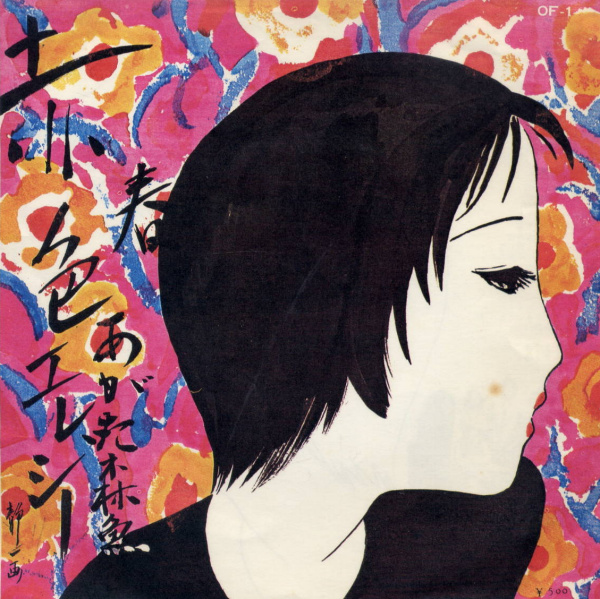
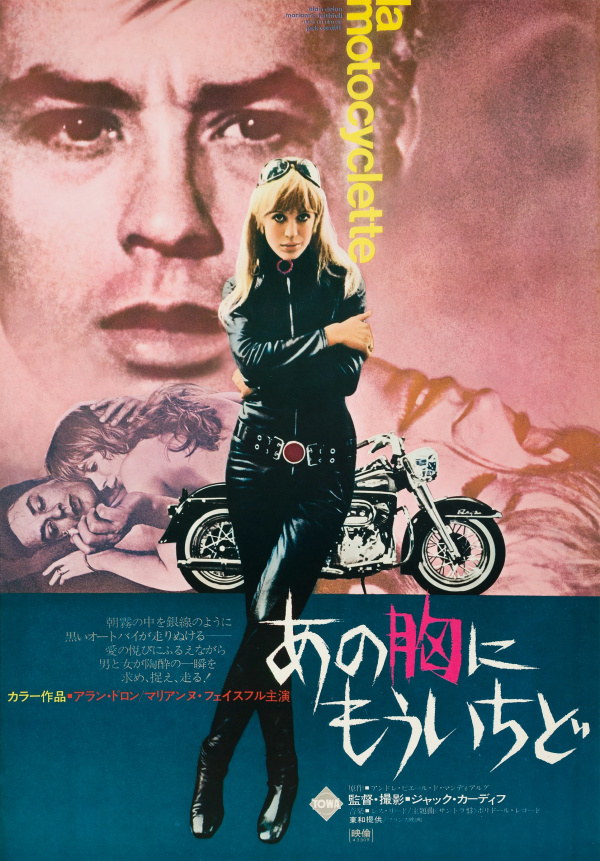
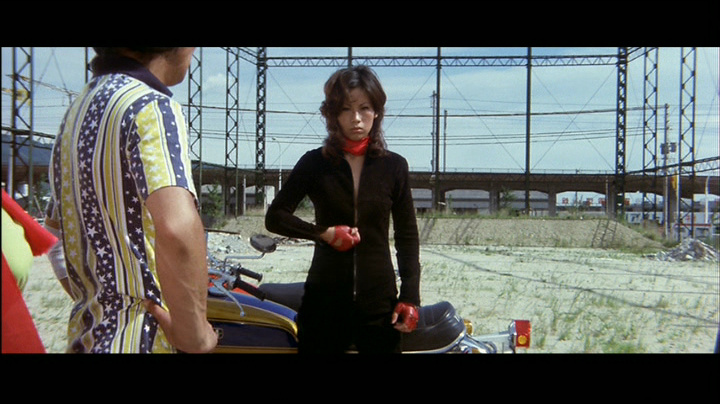

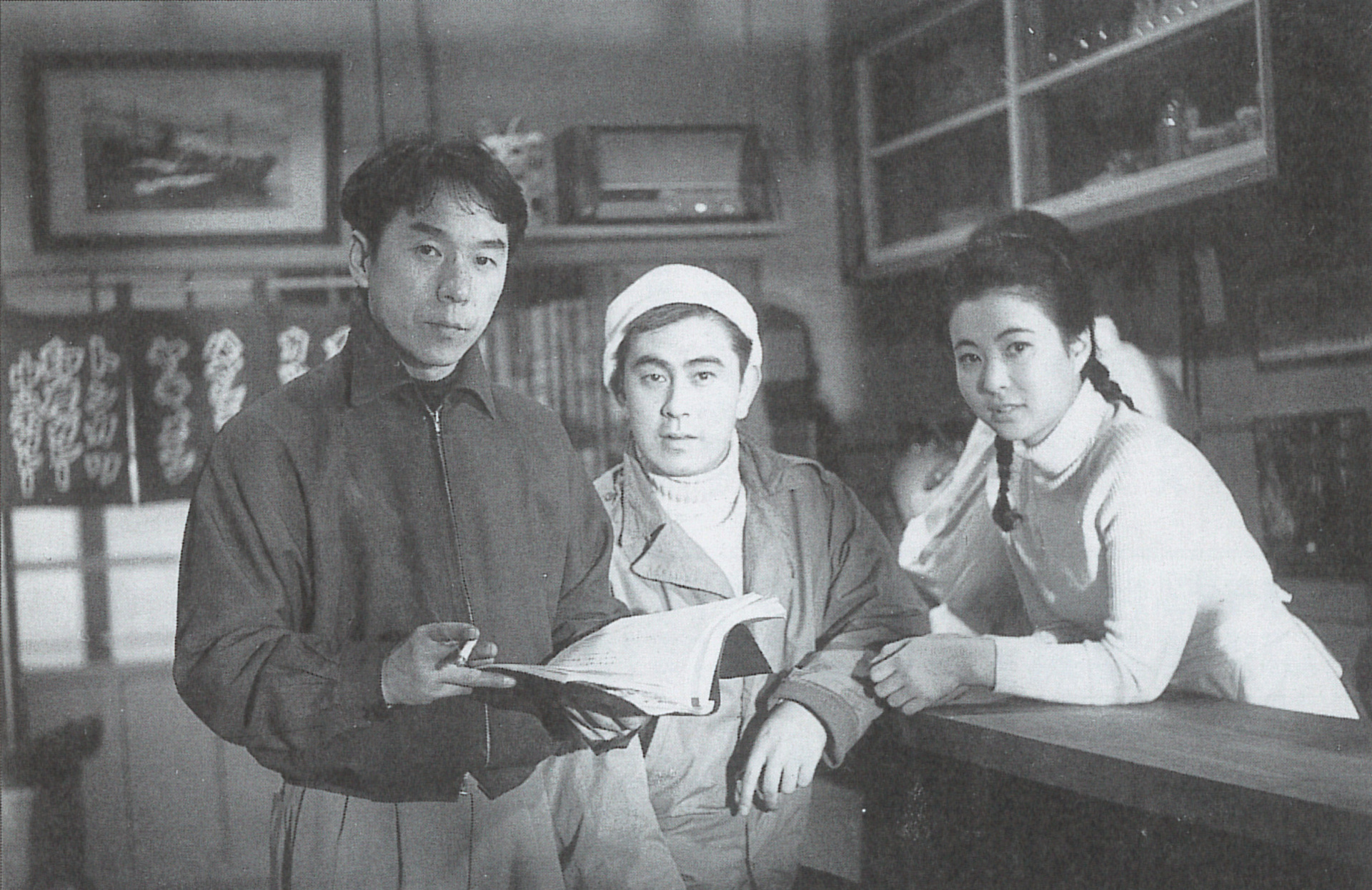
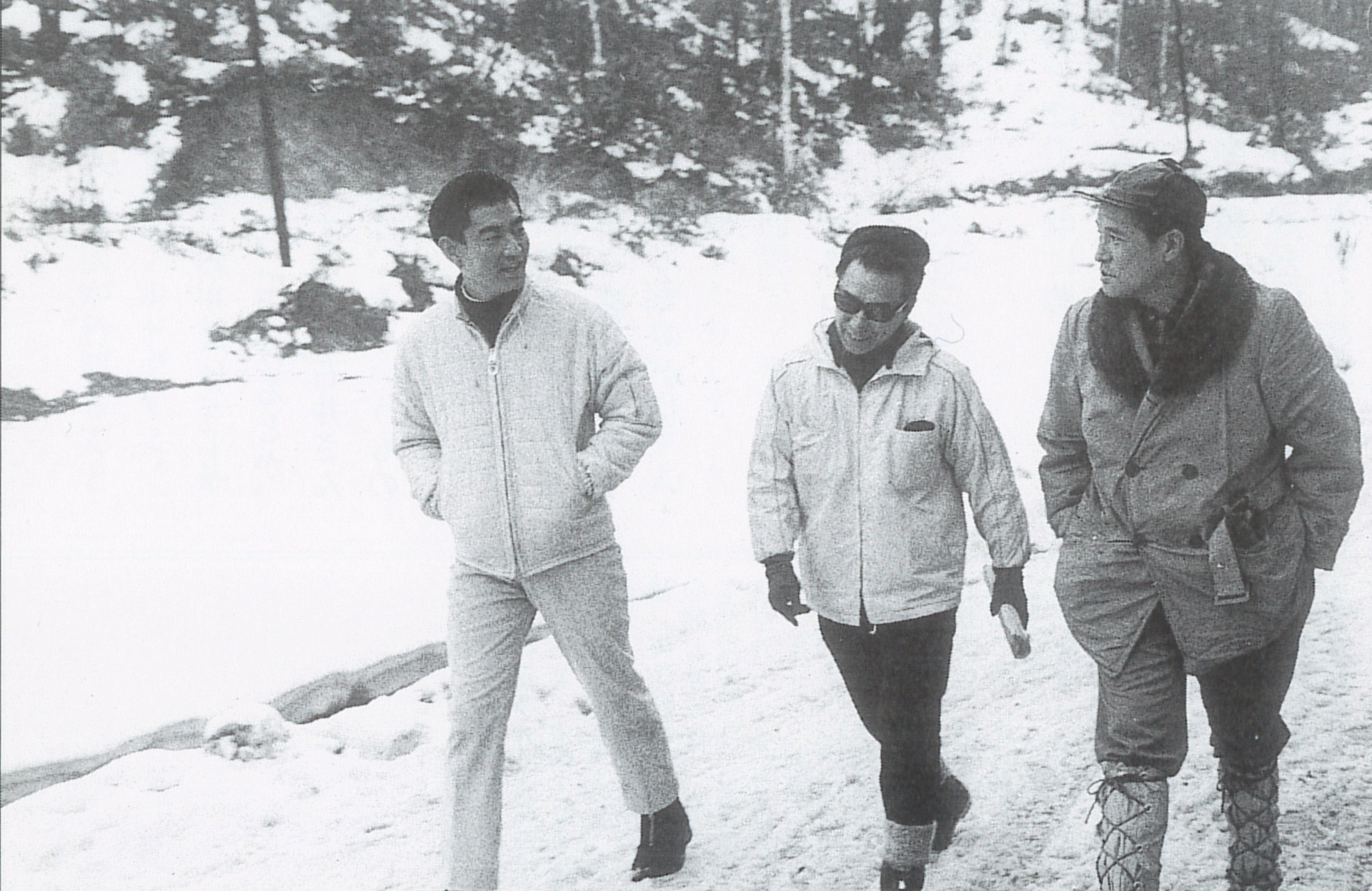
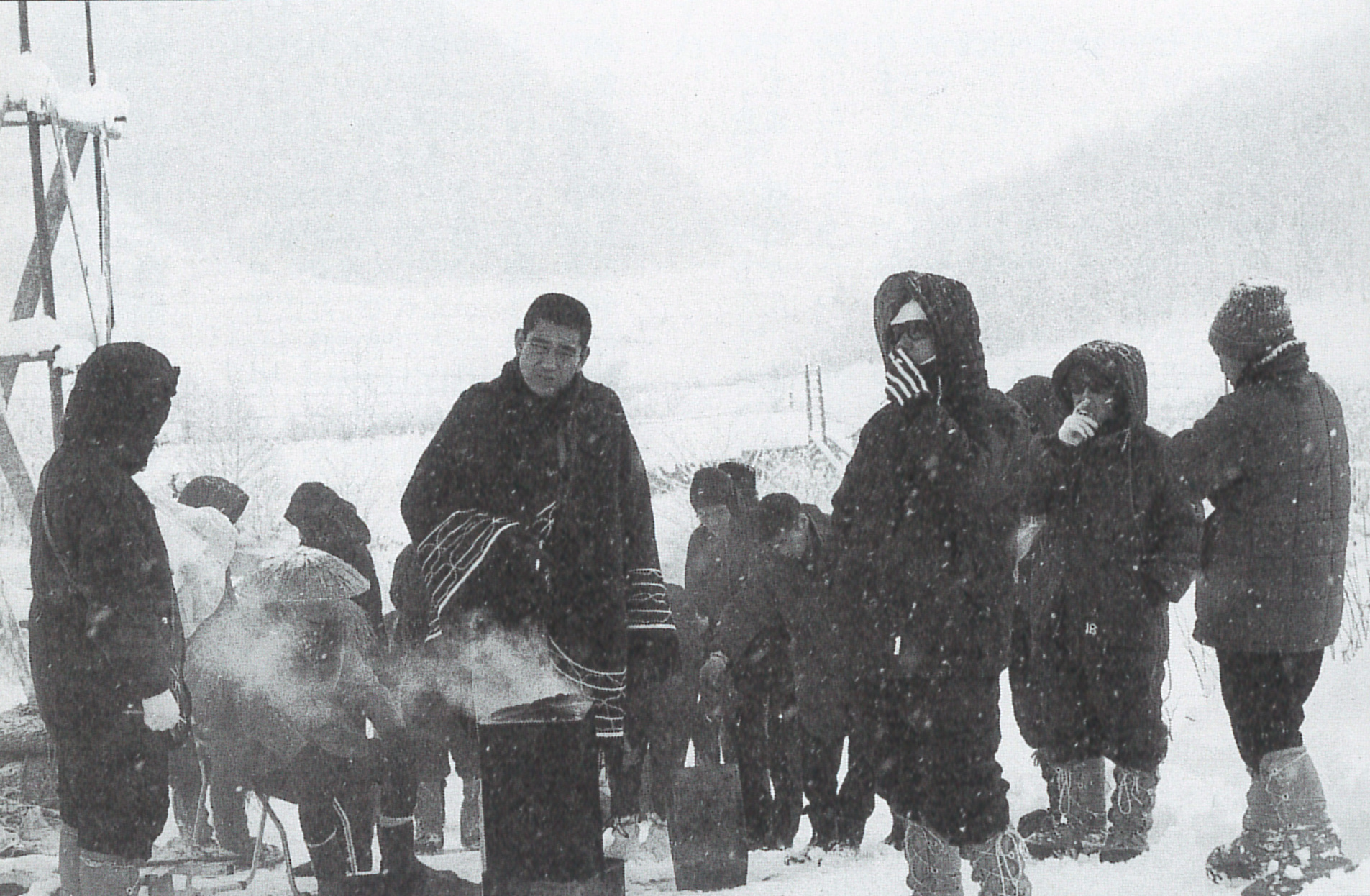
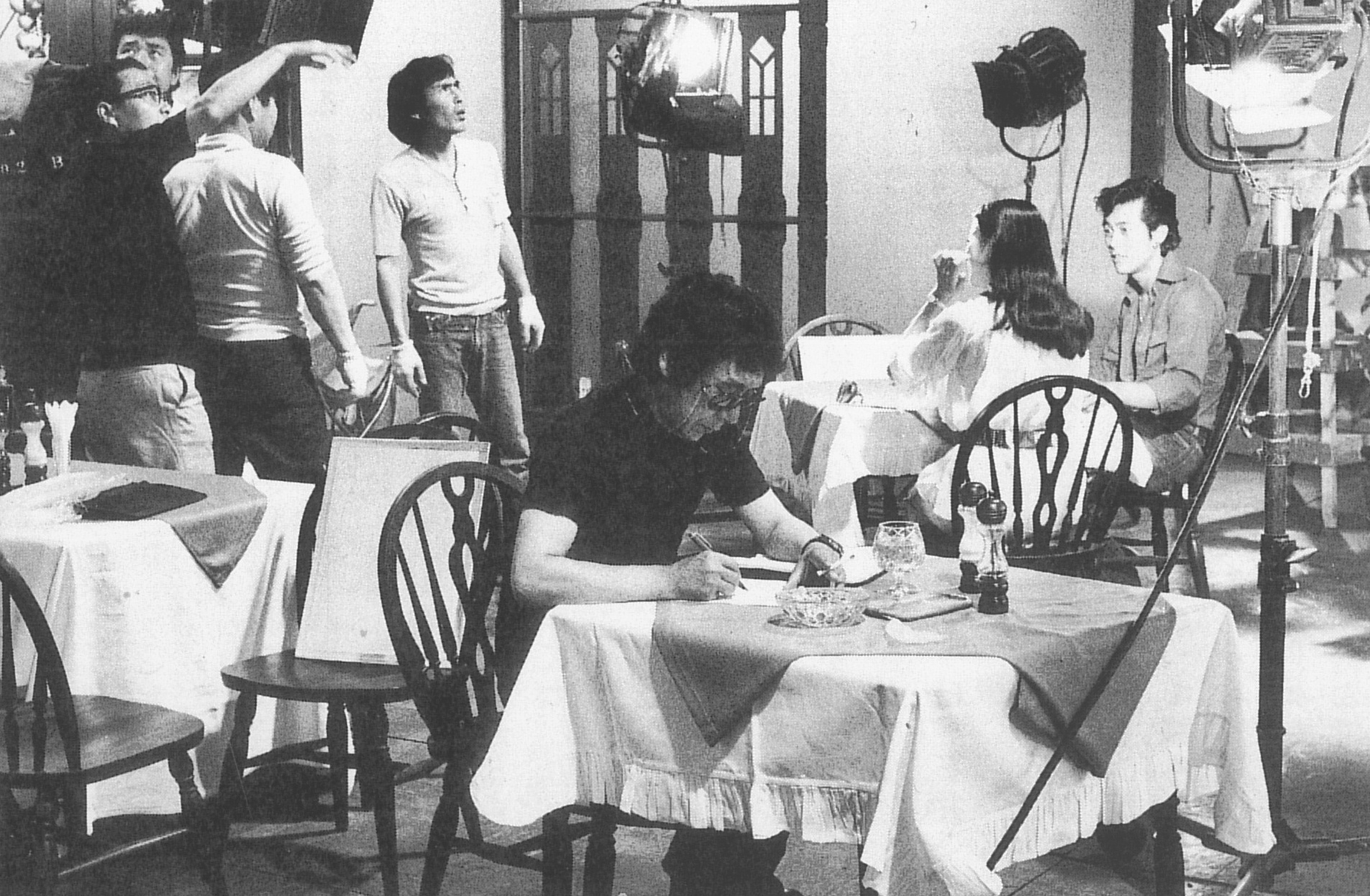
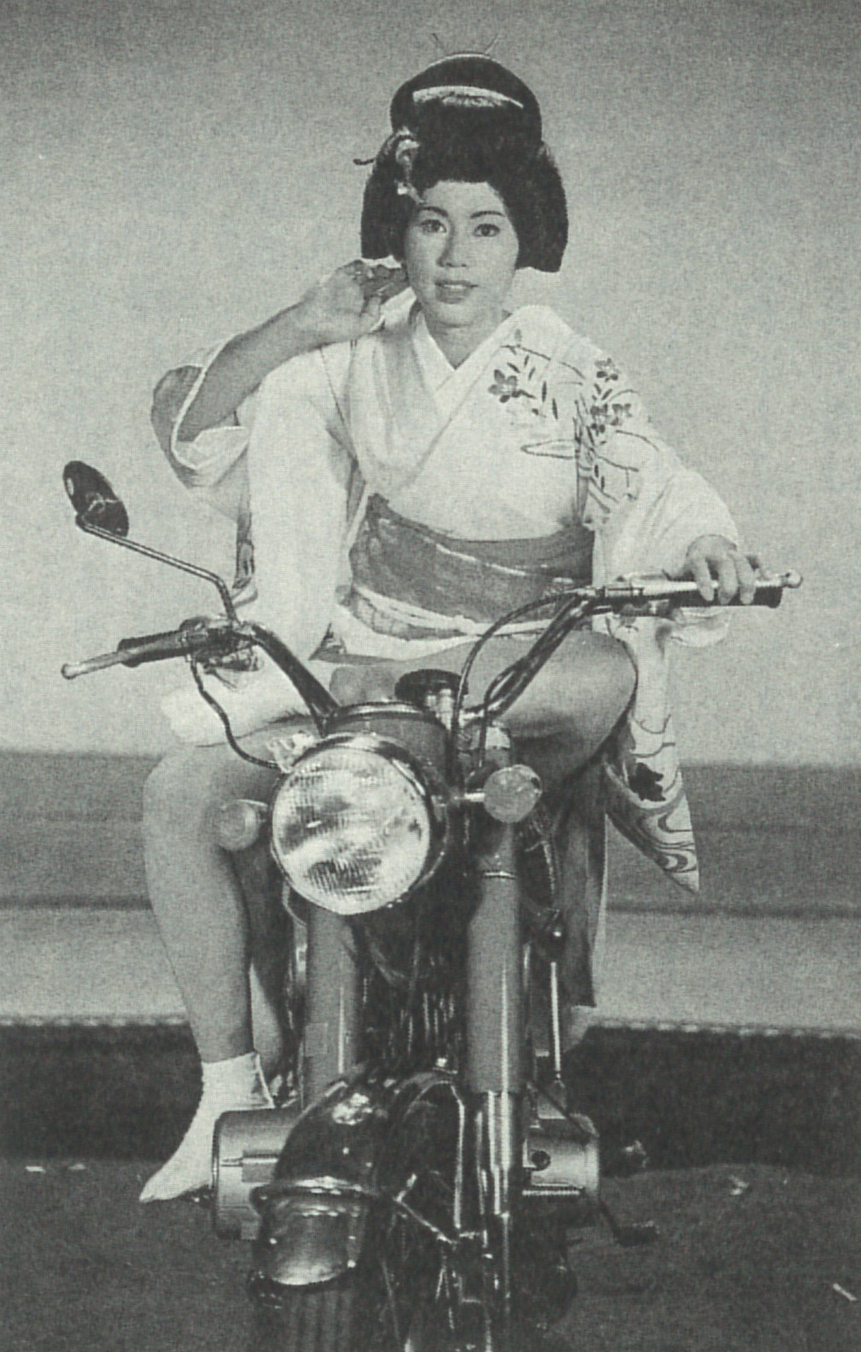


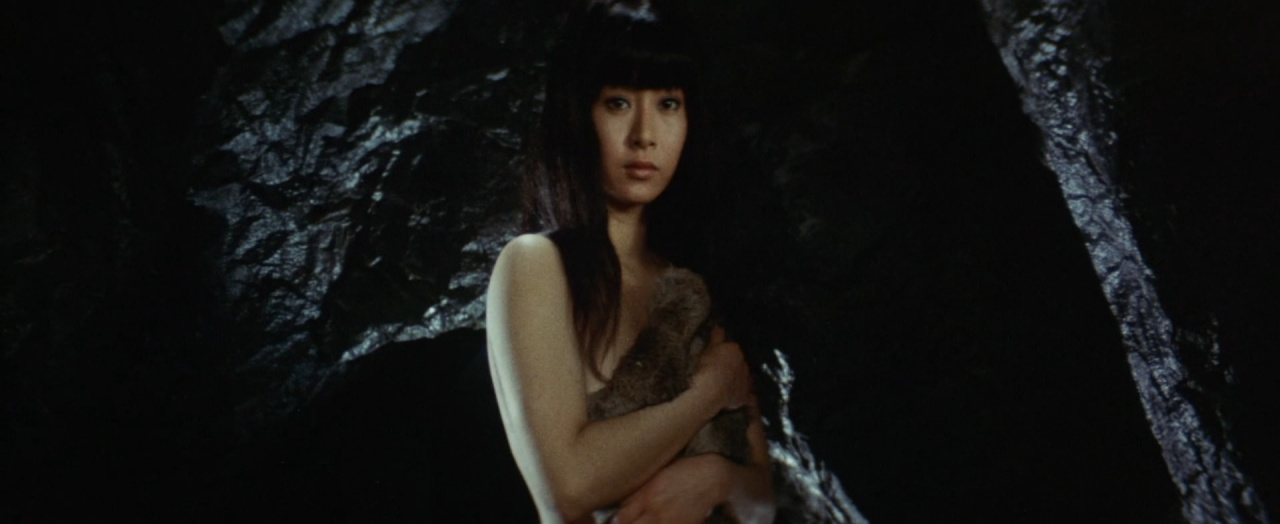
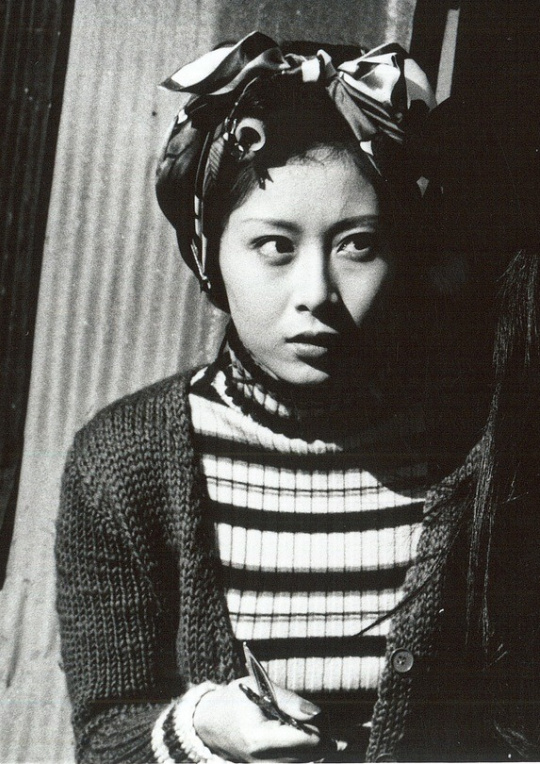
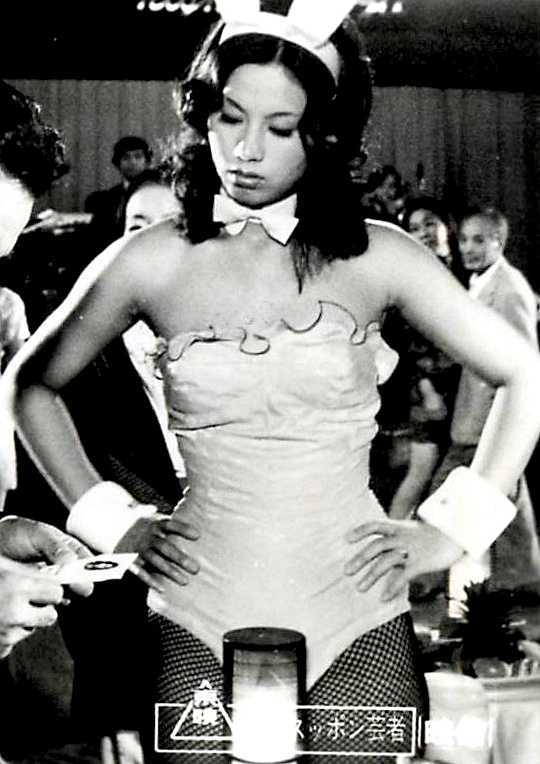
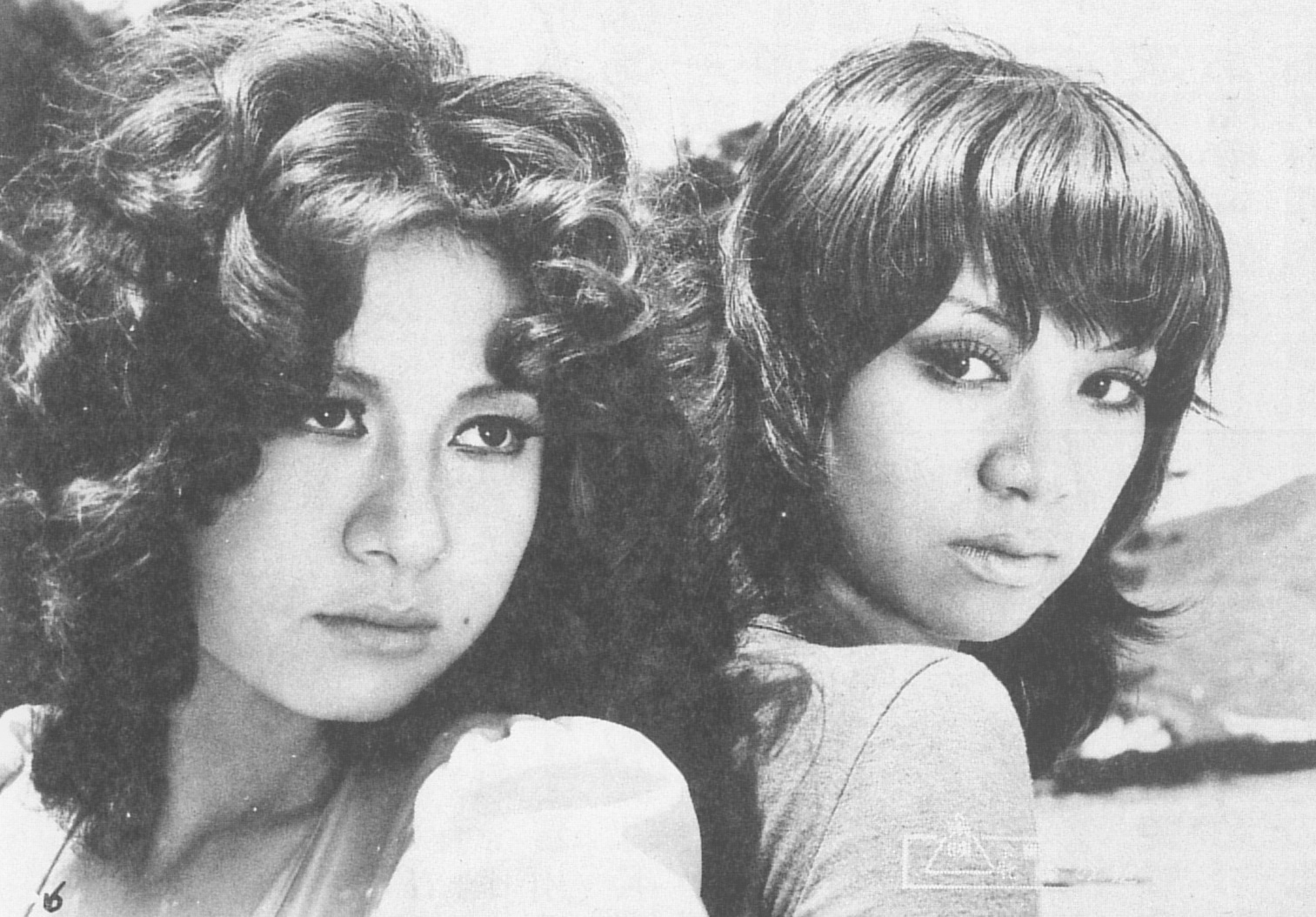
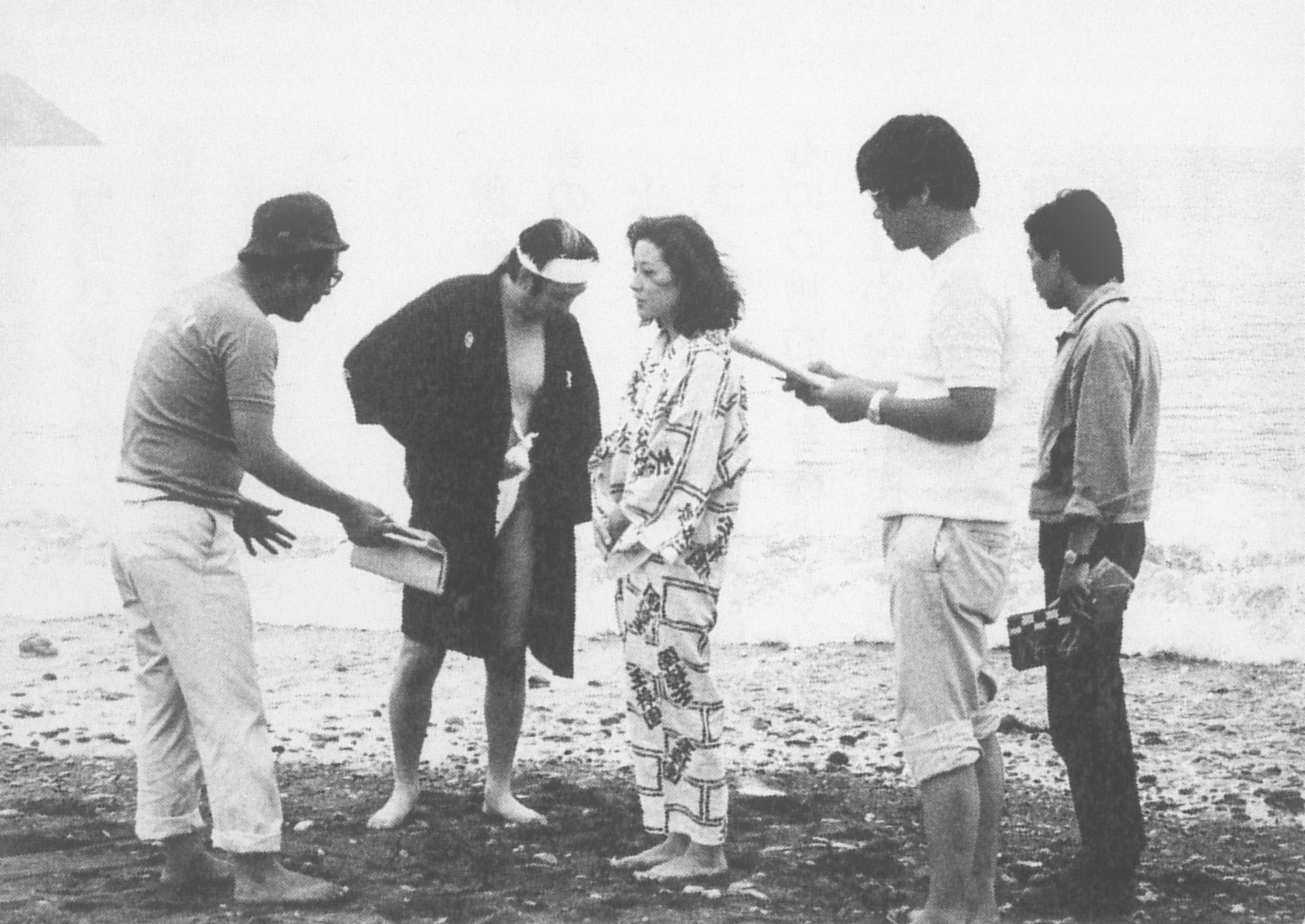
Leave a comment: